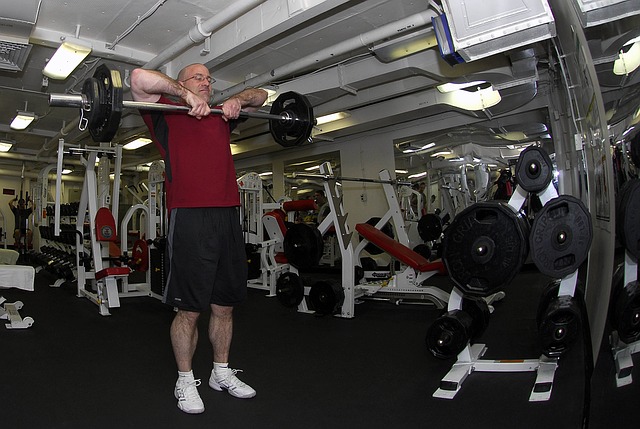Hi ,
One of the essentials to health that I rarely talk about is muscle strength. I have written a lot about its first cousin – balance, but not so much about simple muscle strength. I have even written about its other cousin – flexibility. But we really need all three to live the life we want. All you have to do is look at somebody without one of these three and their importance becomes immediately obvious.
About 20% of the population actually enjoy physical exercise and all the sweat that goes with it. You probably know some people like that. They have lots of sports equipment in their garage and are always off doing something adventurous; or they have physical jobs/hobbies that they love. This article is not for them – they don’t need it. They will probably be physically fit till the day they die.

This article is for the rest of us. Sweat is distasteful to us and to be avoided at all costs. We do exercise because we know we should. We have gym memberships that automatically have the fees deducted from our checking accounts and we completely forget about actually going to the gym. After all, if we have the membership, isn’t that enough? Some of us don’t even go that far, figuring that we work all day, the last thing we want to do is work more once we get home.
Unfortunately, I see what happens to those of us in the 80% as aging sets in. I see the folks that come in pushing walkers and take almost a minute just to move from “standing” to sitting down. I hear the stories from the loved ones who tell me how their spouse can’t get around anymore. This is not normal aging – this is disuse atrophy. “Use it or lose it” is absolutely the rule in the 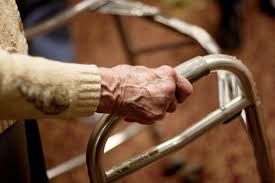 body. Keeping tissues around and fed is metabolically expensive for the body. Anything we don’t use the body will start to reabsorb to be reused somewhere else.
body. Keeping tissues around and fed is metabolically expensive for the body. Anything we don’t use the body will start to reabsorb to be reused somewhere else.
What can we do? What do we have to do to prevent this disuse atrophy? Just what kind of messages do we have to send the body to convince it that we want to keep our muscles so we can still get around and get into trouble once we are old enough to know better? Fortunately there is a lot of science that has looked into this area and the good news is that we don not need to go to the gym every day and sweat for an hour. But we do have to do some things.

At least once each week (twice is ideal) we have to push our body to do whatever we want to be able to do plus a little bit more. If you want to be able to lift a 45-pound suitcase on some occasions, then you will have to demonstrate that need to the body on a weekly basis, plus a little bit more. The little bit more I mention is that you have to do this lifting to the point that your muscles can’t do it any more. It is that momentary point of fatigue and muscle failure that is the magical moment that our muscles signal our body that they need to keep their strength.
Any exercise that does not push you to your point of failure signals the body that you don’t really need all the muscle that you have. Why is that? It is because when you use your muscles, only a fraction of the muscle fibers contract at one time. The next time you contract, different fibers contract while the first ones rest. The point of muscle failure is the point when all the fibers have contracted and can not do any more. There are no more backups. If we don’t use up the backups, the body figures we don’t really need them.

If you are a competition body builder, you use this principle over and over many times in a workout to convince you body that you need lots of extra backup muscle fibers. But for us regular folks that want to maintain our muscle strength, one time of reaching fatigue will do the job. And we only need to do this once or twice a week to keep the body strong.
The picture I have painted so far sounds like I am suggesting you use a lot of fancy weight equipment at a gym to work out our muscles to failure. This intimidates lots of folks and is simply not necessary. We have weight available for use all the time: our own body weight. Plus another issue with working out with heavy weights in a gym is the possibility of injuring ones muscles while working out – an ongoing source of patients for my office. Traditional weight lifting carries this risk because of the snap and jerk method of lifting. People use it to be able to lift heavier weights and stroke their egos. This snap and jerk method can tear muscles and tendons.
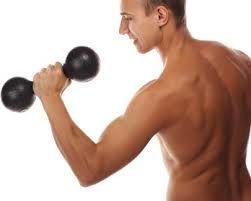
A much safer method is to use much lighter weights and lift them very slowly. You will fatigue the muscles to the point of failure without running the risk of trying to lift something too heavy. What does this look like in a gym setting? Instead of doing biceps curls with a 45 pound dumbbell where the lift takes 2 seconds and the lowering of the weight takes about the same, you can get the same quality workout with a 20 pound dumbbell taking 10 seconds to lift the weight and another 4 seconds to lower it. This is called super slow lifting. It was popular back in the 40’s and 70’s but fell out of style.
How much weight should you use when doing super slow lifting? Use enough weight that you poop out after 4 or 5 repetitions of the lift. Also make sure that you do not rest between lifts. The 10-second movement needs to flow continuously between lifting and letting down, then back into lifting again. You want to do this with each major muscle group of the body – Lifting up from the floor, lifting at the elbows, lifting up overhead, pulling down, pushing away, pulling towards yourself, squatting down and up, going up on your toes, lunging forward, and pushing backward.
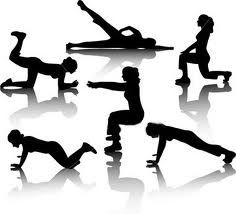
Although all of these can be done in a gym, they can also be done at home using your own body weight or objects at home. I have been buying videos of bodyweight exercises online with the expectation that I will put together a home workout for my patients using the super slow principles. Super slow push-ups and squats are two obvious ones we can start today. Try slowly moving down into a squat and then back up again continuously for five times taking 10 seconds to get down and another 4 seconds to slowly rise up. You may need a chair to hold on to for balance initially. Don’t take even a moments rest between ups and downs. How did you do? Did you feel your legs quivering? Were you even able to do five? How deep into the squat were you able to go? The challenge is there – especially for us inactive types.
The idea is to be able to spend just an hour a week exercising at home to keep yourself strong until the day you die, instead of going to the gym to work out on fancy equipment. That seems like a reasonable goal. It won’t be good for my business, as you will be less likely to injure yourselves if your muscles are strong, but my patient base is large enough that I don’t have to worry. Between stress, dietary indiscretions, and silly accidents, people seem to find a need for my services.
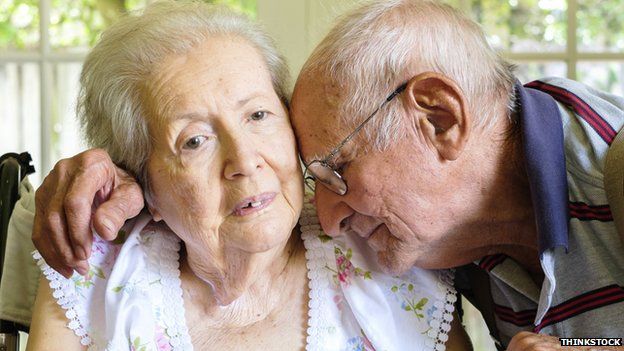
One last point – dementia. Why dementia? Because all the research says that it is exercise that is the single biggest thing we can do to prevent dementia and Alzheimer’s. Do we need a better reason to do our exercises?
Our golden years don’t have to be grey and decrepit. But it is entirely up to us to do what is necessary to stay standing tall, strong, and clear headed. There are no shortcuts, no pills that can do this for us. We have to do it for ourselves.
Take care,
David
